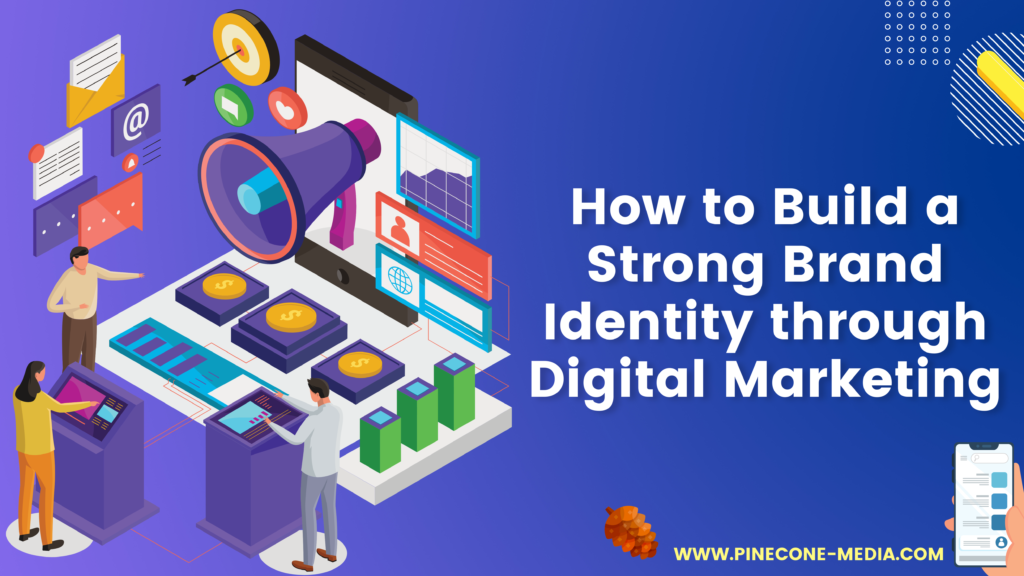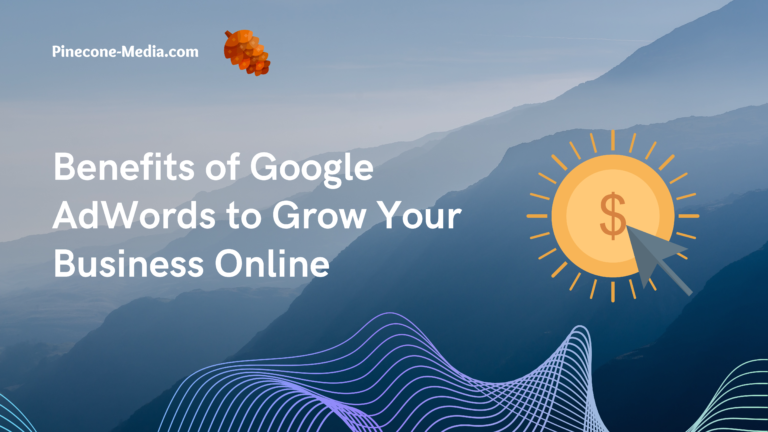If you want to be successful in business, you need to build a strong brand identity. Without a strong brand, it’s hard for customers to differentiate your product or service from those of your competitors. You also won’t have the best chance at success with marketing campaigns if they don’t reflect your company values or unique selling proposition (USP). The good news is that there are many ways you can build a strong brand identity through digital marketing.

Consistent messaging
Consistent messaging is the foundation of building a strong brand identity. It’s important because it helps people understand your brand, it’s easy to communicate the same message to a large audience, and it helps build trust with your customers. A consistent voice and tone have been shown to improve conversion rates by up to 20%.
Targeted messaging
Targeted messaging is a critical part of digital marketing. It allows you to speak directly to your target audience and build a stronger connection with them. Your customers will feel more engaged and connected with your brand, which helps you build the reputation that is essential for attracting new customers.
Targeted messaging can also help you reach new markets by delivering content in different languages or dialects, allowing people from all over the world access to information about your products or services.
Increased visibility
A strong brand identity can help you increase your visibility and online presence, which will lead to an increase in market share. A strong brand identity is one that stands out from the competition, has a clear message and consistent messaging across all channels (digital or physical), as well as being relevant to your target audience. It will help you build trust with consumers by being authentic and credible while also driving sales through interactions with customers who are loyal advocates for your products or services.
Measurable results
To measure the success of your digital marketing campaign, you’ll need to track a few key metrics.
- Number of visitors to the site
- Number of conversions (sign-ups, purchases or other actions)
You can also use these metrics as a way to measure how effective your content is at converting visitors into leads and customers. For example: If you have an ebook on how to start a business and you want people who read it to sign up for more information about starting their own business–you could track the number of people who download your ebook versus those who sign up for more information about starting their own business.
Create a Compelling Website
- Create a website that is visually appealing.
- Use a professional domain name for your website, such as [yourbrandname].com or [yourbrandname]online.com.
- Use a professional logo for your brand identity, which can be found on the homepage of your website and used in all marketing materials such as business cards and brochures.
- Create an eye-catching header image using graphics software like Photoshop or Canva so that visitors see what’s special about you before they even click through to read more content!
- Now choose some beautiful background images that reflect the essence of what makes up who YOU really are – whether it be nature photography or abstract shapes – then upload these too!
Optimize for Search Engines
Optimizing your website for search engines is a crucial step in building a strong brand identity. You should optimize every page of your site, including the homepage, blog posts and other pages that have unique content on them.
When optimizing for search engines:
- Use keywords in the title tag and meta description of each page on your site that can be found in Google’s index (the list of pages they store information about). This will help Google understand what each page is about so it can send traffic to those pages when someone searches those terms in its database.
- Make sure each piece of content has its own URL with an appropriate title tag and description (so people can find it when searching). For example, if we were creating content about how to build a strong brand identity through digital marketing our URL would look like this: www(dot)example(dot)com/blog/how-to-build-a-strong-brand-identity/. This makes it easy for people who aren’t logged into Facebook or Twitter etc., but still want access to our latest posts!
Engage with Your Audience on Social Media
Social media is a great way to engage with your audience. It can be used to build relationships, get new customers and improve your brand image. Social media also helps you increase customer loyalty by giving them a place where they can interact with you as well as other fans of your product or service.
Monitor Your Online Reputation
Monitoring your online reputation is a crucial part of any digital marketing strategy. It can help you identify and fix issues before they become a problem, but it also has other benefits:
- Monitoring your online reputation allows you to see what people are saying about your brand. This can help provide insight into how well-received the brand is, or if there are any problems with it that need addressing immediately.
- Monitoring tools like Google Alerts will allow you to keep track of mentions of your business across the internet, while services such as Mention and SocialMention allow users access to more detailed information about those mentions–such as sentiment analysis (whether someone seems happy or sad) and geographic breakdowns by country or region.
We hope that this article has given you a better understanding of how to build a strong brand identity through digital marketing. As we have seen, the world is becoming increasingly digital and companies that do not adapt their strategies will find themselves left behind in the dust. In order to stay ahead of the curve and keep up with consumers’ changing preferences, it is essential that businesses invest time into developing their online presence so they can reach new audiences while also staying relevant within their existing marketplaces.




